The only official licensed edition of the deck in Russia.
New edition!
Publisher: MACards
Author: Itsik Shmulevich
Artist: Michal Zinger
Contents:
192 cards, of which 96 cards with images and 96 cards with words
Methodological guide
A set of metaphorical cards “Anibi” was created to work with the inner child of the individual, with his resources and traumas. According to E. Bern’s transactional analysis, the ego-state “child” (child) is inherent in every person. This structure is the basis for creativity and creativity. The inner child encourages us to act spontaneously, naturally, reminds us of early experiences, ways of behavior inherent in us in childhood. It is in each of us.
You can work with the deck both in individual and group counseling. It can also be used as a deck for self-discovery and as an addition to transformation games. MAC “Anibi” can be used both separately and in combination with other decks.
For whom? For psychologists, psychotherapists of various directions, coaches, teachers, specialists in helping professions, for people who want to engage in self-knowledge.
With the help of the Anibi MAK you can:
Immerse yourself in childhood memories and explore the experiences of that age
Study the negative attitudes that arose in childhood and transform them into constructive
Actualize the resources of the inner child, feel carefree, spontaneity, desire for life
Discover ways to resolve internal conflicts
As an aid in describing and interpreting the map you can use the following questions:
How does the child feel?
What is the child thinking about?
What does the child want to express?
What is difficult for the child to express?
What would the child like to hear and from whom?< br> What does the child dare not say or do?
What does the child need?
What does the parent say?
What does the parent not say?
What communication style does he use?
What is the connection between parent and child ? Is there tension between them?
What detail in the picture or background catches your attention?
If the picture were a music video, what song would be playing in the background? Why?
If you wanted to change an image for the better, how would you change it? What song would become the soundtrack of this picture now?
What is the atmosphere on the map – pleasant, gloomy, tense, happy?
Technique No. 1. “Life Lessons”
Algorithm:
Choose 3 cards (images or words, your choice).
The first card reflects what you learned about life from your father. The second card is from mom. The third card answers the question: “What does life itself want to teach me?”
If you chose cards with images, then describe the plot. What or who is drawn? What are the characters doing? What do they feel? What kind of life lesson is this? How does your father/mother/life teach it to you?
If you chose word cards, describe how the word relates to the life lesson you learned.
Give each lesson a title. Think about how it makes you feel. Do you agree with this message? How does it motivate you to act in different areas of your life (relationships, career, family)?
Summarize. What new did you learn from the exercise?
Technique No. 2. “The power of words”
Algorithm:
Choose VO or 3 cards with words. Study them carefully.
Can these words be related to your childhood experiences? How can these words find manifestations in your childhood?
Of the three cards with words, leave one – the one that resonates with you most strongly, which gives rise to the largest number of associations. Draw VP 1 picture card. How are the word and picture related? How does this reflect your experience?
Select BO 1 card from the text deck. This card will reflect the gift that you have and can give to your inner child. Think about him, what might he be missing? Fill it with this resource.
Summarize. What new did you learn from the exercise?
Technique No. 3. “What I wanted to tell you”
Algorithm:
Choose one card with an image that awakens childhood memories in you. Look at the picture and characters, let feelings and emotions arise. Describe the image.
The next step is to create a dialogue between you and the characters in the picture. What would you like to tell them? Begin your line with the words: “I want to tell you…”
How will the character answer you? Take this internal dialogue as an opportunity to share your feelings, to explore your inner world.
Choose a card with a word that will complement the image and provide support for continuing the dialogue.
Summarize. What new did you learn from the exercise?








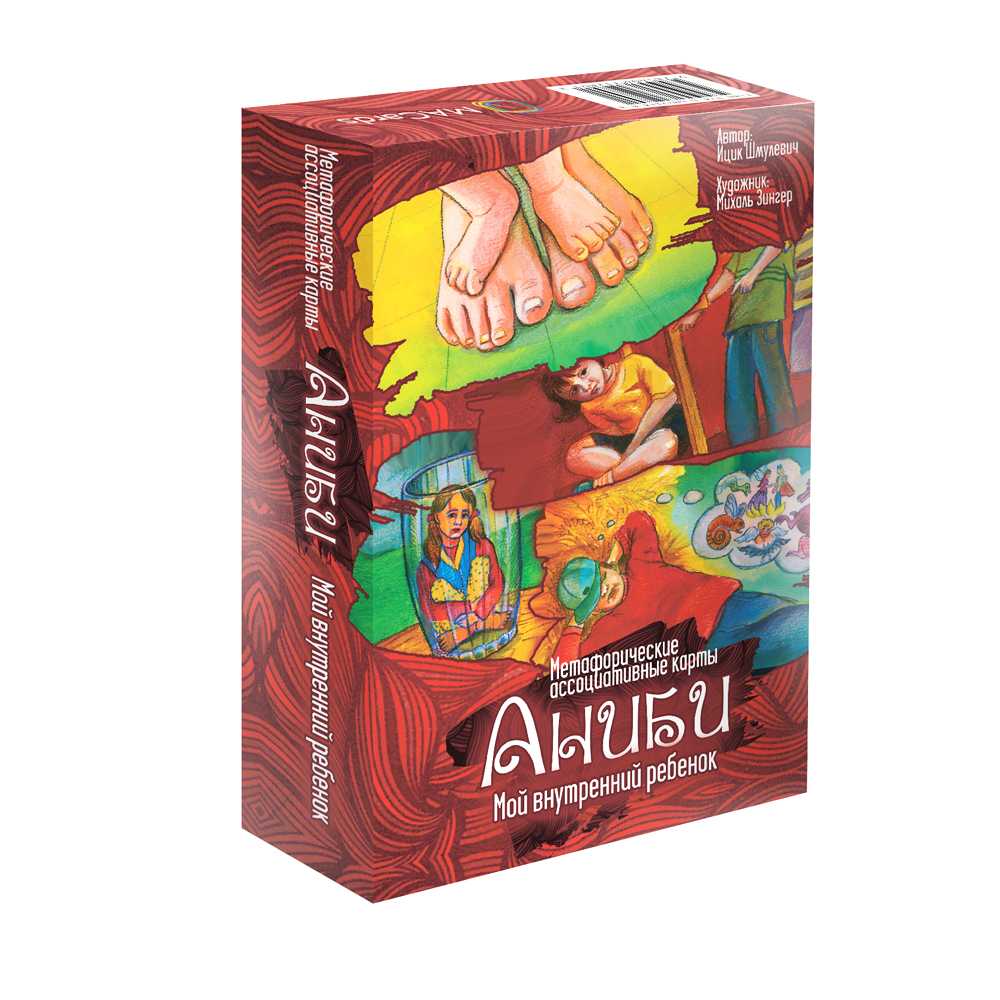
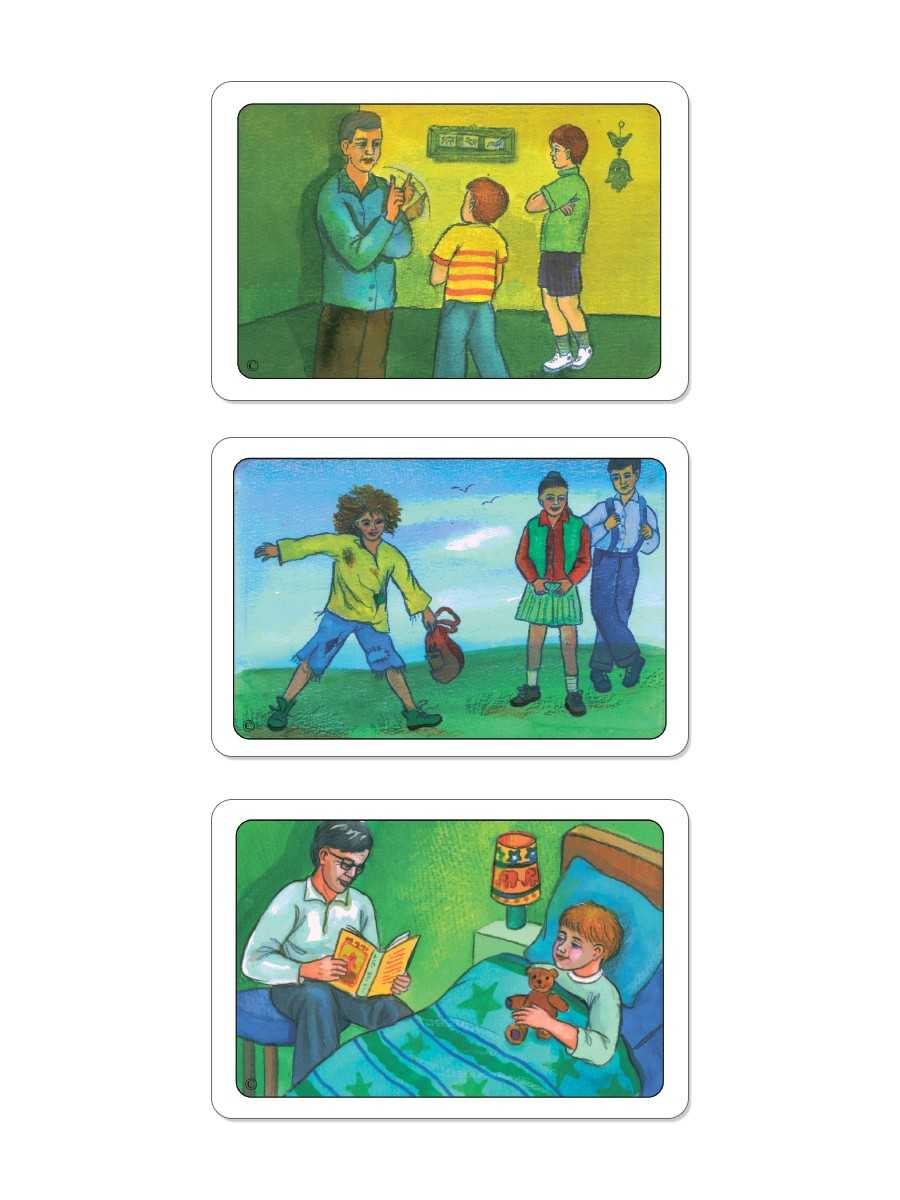

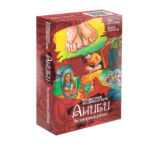
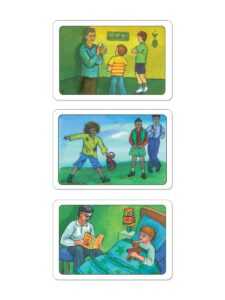
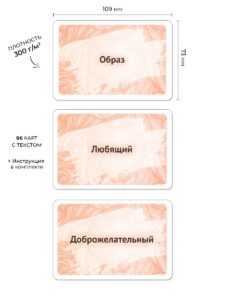
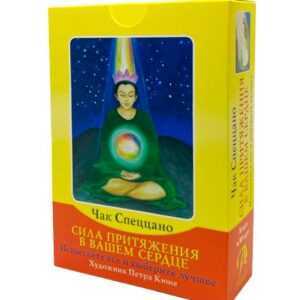
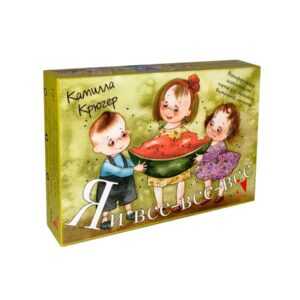


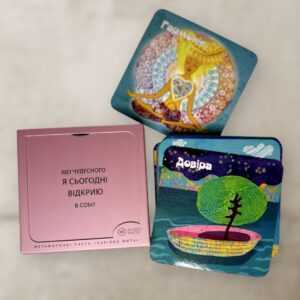
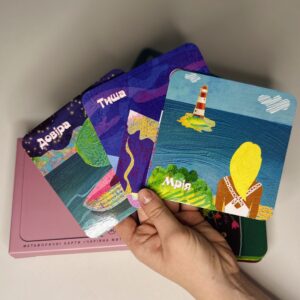
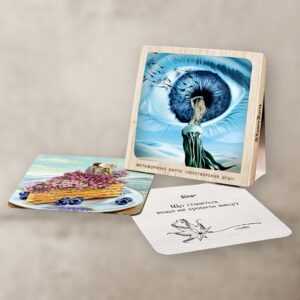
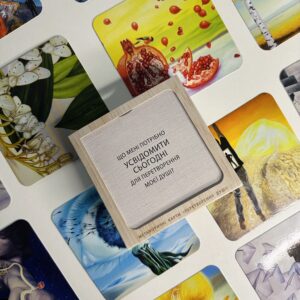
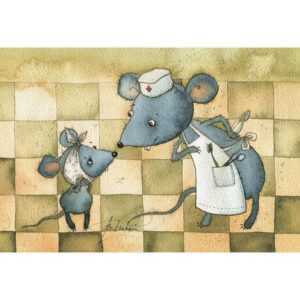

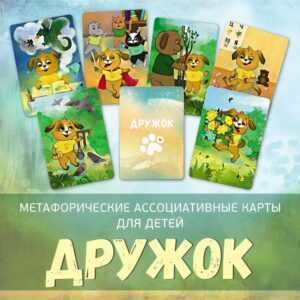
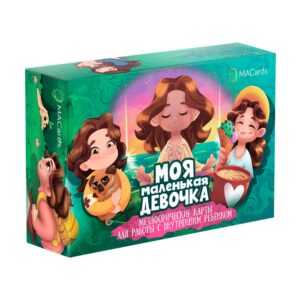

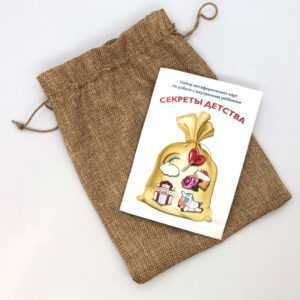
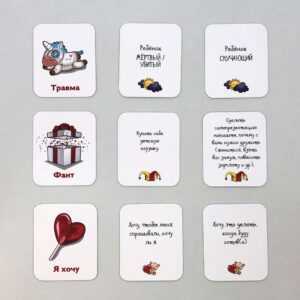
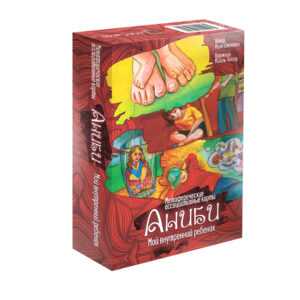
Reviews
Clear filtersThere are no reviews yet.